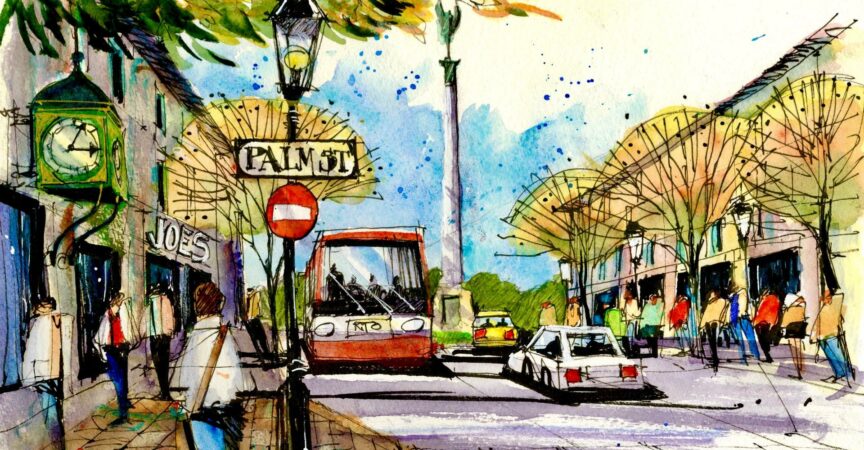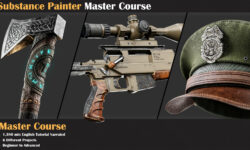Bring City Scenes to Life – Sketching Cars, Trees and Furnishings by James Richards
Release date:2021
Duration:02 h 41 m
Author:James Richards
Skill level:Beginner
Language:English
Exercise files:Yes
Learn to quickly sketch cars, trees and city furnishings to bring your city and travel sketches to life. These elements will add realism and a sense of authenticity to your city scenes. They can also help balance your composition, provide an interesting foreground, lend a rich layer of detail, and tell us something about the city and culture you’re in.
I’m going to show you my professional approach to rapidly sketching each of these important “entourage” elements. Then we’ll pull them all together in a quick, loose, ink and watercolor sketch of a city scene with depth and lots of character. These techniques are rooted in my decades of award-winning urban design work and teaching in university classrooms, Urban Sketching symposia, and travel sketching workshops around the world. This is the real deal.
You’ll learn:
How urban entourage contributes to a great sketching environment.
My techniques for rapidly sketching cars, trucks, buses and trolleys that break vehicles down into simple shapes, then progressively add detail.
Simple techniques for sketching trees in the city, such as sketching branching patterns, capturing the shapes of leafy canopies, and adding shade and shadow.
How to draw street furnishings and signs that add life and punch to your drawing without becoming overly tight or detailed.
How to bring these elements together in a believable ink and watercolor sketch with character and a sense of depth, including a fast way to use one-point perspective.





 Channel
Channel





